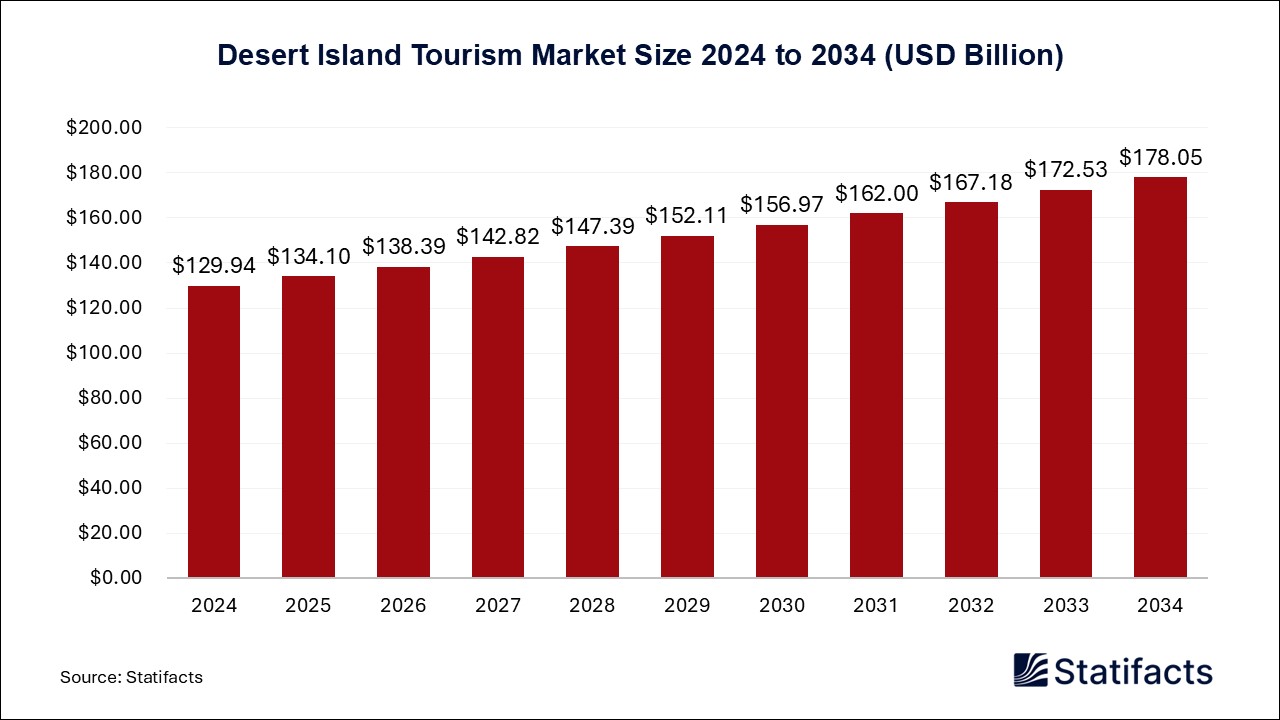Last Updated: 18 Jun 2025
Source: Statifacts
By clicking “Accept All Cookies” you agree to the storing of cookies on your device to enhance site navigation, analyze site usage, and assist in our marketing efforts.
Privacy PolicyThe global U.S. single-use bioreactors market size surpassed USD 1,842 million in 2024 and is predicted to reach around USD 6,892 million by 2034, registering a CAGR of 15.83% from 2025 to 2034.
| Industry Worth | Details |
| Market Size in 2025 | USD 1,842 Million |
| Market Size by 2034 | USD 6,892 Million |
| Market Growth Rate from 2025 to 2034 | CAGR of 15.83% |
Single-use bioreactor, also called disposable bioreactor, uses single-use bioreactor bags rather than stainless-steel culture vessels for the producing of numerous biologics. These bioreactors provide numerous advantages over conventional bioreactors, such as cost efficiency, shorter manufacturing timeline, decrease in energy and water consumption, better product outcomes, and low risk of contamination.
Published by Kesiya Chacko
Last Updated: 18 Jun 2025
Source: Statifacts
Last Updated: 18 Jun 2025
Source: Statifacts
| Subsegment | 2024 | 2025 | 2026 | 2027 | 2028 | 2029 | 2030 | 2031 | 2032 | 2033 | 2034 |
|---|---|---|---|---|---|---|---|---|---|---|---|
| Wave Bioreactors | 488.15 | 568.28 | 661.53 | 770.05 | 896.31 | 1,043.22 | 1,214.14 | 1,412.99 | 1,644.31 | 1,911.45 | 2,154.71 |
| 2D Bioreactors | 587.29 | 681.92 | 791.77 | 919.27 | 1,067.24 | 1,238.96 | 1,438.24 | 1,669.49 | 1,937.83 | 2,246.89 | 2,528.80 |
| STR Bioreactors | 151.32 | 175.44 | 203.39 | 235.78 | 273.32 | 316.82 | 367.23 | 425.62 | 493.28 | 571.08 | 642.12 |
| Stirred Tanks | 376.18 | 437.18 | 508.05 | 590.37 | 686.00 | 797.07 | 926.09 | 1,075.93 | 1,249.95 | 1,450.57 | 1,633.46 |
| Non-Stirred Tanks | 201.05 | 232.83 | 269.60 | 312.17 | 361.44 | 418.45 | 484.43 | 560.78 | 649.13 | 750.58 | 843.29 |
Last Updated: 18 Jun 2025
Source: Statifacts
| Subsegment | 2024 | 2025 | 2026 | 2027 | 2028 | 2029 | 2030 | 2031 | 2032 | 2033 | 2034 |
|---|---|---|---|---|---|---|---|---|---|---|---|
| Wave Bioreactors | 488.15 | 568.28 | 661.53 | 770.05 | 896.31 | 1,043.22 | 1,214.14 | 1,412.99 | 1,644.31 | 1,911.45 | 2,154.71 |
| 2D Bioreactors | 587.29 | 681.92 | 791.77 | 919.27 | 1,067.24 | 1,238.96 | 1,438.24 | 1,669.49 | 1,937.83 | 2,246.89 | 2,528.80 |
| STR Bioreactors | 151.32 | 175.44 | 203.39 | 235.78 | 273.32 | 316.82 | 367.23 | 425.62 | 493.28 | 571.08 | 642.12 |
| Stirred Tanks | 376.18 | 437.18 | 508.05 | 590.37 | 686 | 797.07 | 926.09 | 1,075.93 | 1,249.95 | 1,450.57 | 1,633.46 |
| Non-Stirred Tanks | 201.05 | 232.83 | 269.60 | 312.17 | 361.44 | 418.45 | 484.43 | 560.78 | 649.13 | 750.58 | 843.29 |
The market is fueled by rising demand for biologics, cost advantages over stainless-steel systems, expanding gene therapy pipelines, and rapid adoption by CROs and CMOs seeking flexible, sterile, and scalable solutions.
Current trends include increased adoption of AI and automation, eco-friendly practices, miniaturized designs for lab use, and broader application beyond biopharma into sectors like food tech and agriculture.
Market leaders like Thermo Fisher, GE Healthcare, and Merck are launching advanced systems and forming strategic alliances, with innovation focused on sterility, scalability, and digital integration to meet evolving bioproduction needs.
Filtration assemblies, wave-induced reactors, bacterial cell applications, gene-modified cell production, and pharmaceutical company end-users are expected to lead growth through 2034 due to their adaptability and rising demand.
Yes, with a projected CAGR of 15.83% from 2025 to 2034 and expanding use in next-gen therapies, the market offers strong returns, reduced operational costs, and significant scalability, making it highly attractive for long-term investment.
Tight quality and safety standards, lack of unified global protocols, and environmental concerns over disposables pose hurdles, requiring manufacturers to prioritize compliance, validation, and sustainable innovation.
AI-driven analytics, 3D-printed components, IoT-enabled monitoring, and smart process controls are reshaping the bioproduction landscape, improving speed, consistency, and compliance while reducing contamination risks.
CROs, CMOs, biotech firms, and pharmaceutical companies dominate usage, with growing interest from academic institutions and startups focused on advanced therapies like gene and cell treatments.
Expansion into agriculture, food tech, and green manufacturing, along with hybrid bioreactor models and real-time digital tools, presents strong opportunities for differentiation and revenue growth.
By 2034, the market will be defined by digitalized, eco-efficient, and decentralized biomanufacturing systems, enabling rapid production of personalized biologics and positioning early adopters as innovation leaders.
To get full access to our Market Insights, you need a Professional Account or a Business Suite.

You will receive an email from our Business Development Manager. Please be sure to check your SPAM/JUNK folder too.

You will receive an email from our Business Development Manager. Please be sure to check your SPAM/JUNK folder too.

Our customers work more efficiently and benefit from


